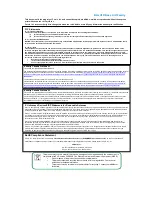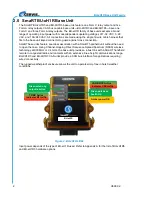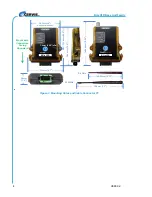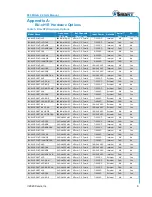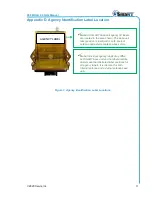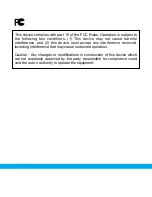
900 MHz & 2.4 GHz Manual
©
2020 Cervis, Inc
7
2.4
Base Unit Troubleshooting
Table 3. Base Unit LED Troubleshooting
Indication
Cause
Interpretation
– Recommendation
Power LED not
active
Is input power
present?
Check input power polarity.
Power LED Red or
Green
Indicates an internal
component failure.
Contact Cervis, Inc. service department.
CAN RX/TX not
active
Electrical signals not
activating the LEDs.
✓
Is the system using CAN?
✓
Check for obstructions preventing line-of-sight
transmission.
✓
Check that the handheld remote is active.
Re-associate the handheld remote to the base unit.
RF TX/RX not
active
✓
Is the system using RF?
✓
Check for obstructions preventing line-of-sight
transmission.
✓
Check that the handheld remote is active.
Re-associate the handheld remote to the base unit.
Out LED not active
✓
Check that the handheld LEDs are active when the
appropriate buttons are pushed.
Health LED rapidly
blinking Amber
Indicates an internal
problem.
Contact Cervis, Inc. service department.
Health LED
blinking Red
Over-temperature
indicated.
✓
Check the outputs for loose wiring, etc.
✓
Active channel current consumption less than 1 A
typical. (This is not a problem in cases where less
than 1 A draw is a normal condition.)
The base unit may reset if its supply voltage drops below a minimum volt level,
even momentarily. Minimum supply voltages are:
•
7 VDC for a BU-xH1R-LVD
•
16 VDC for a BU-xH1R-LVA
•
90 VAC for a BU-xH1R-HVU
If the supply voltage drops below minimum input volts for a consistent period
of time, the LEDs (including the TX/RX LEDs if transceiving) will dim and
flicker.
These circumstances are symptoms of a battery or power source that cannot
sustain the present current load. This situation should be remedied as soon as
possible.


